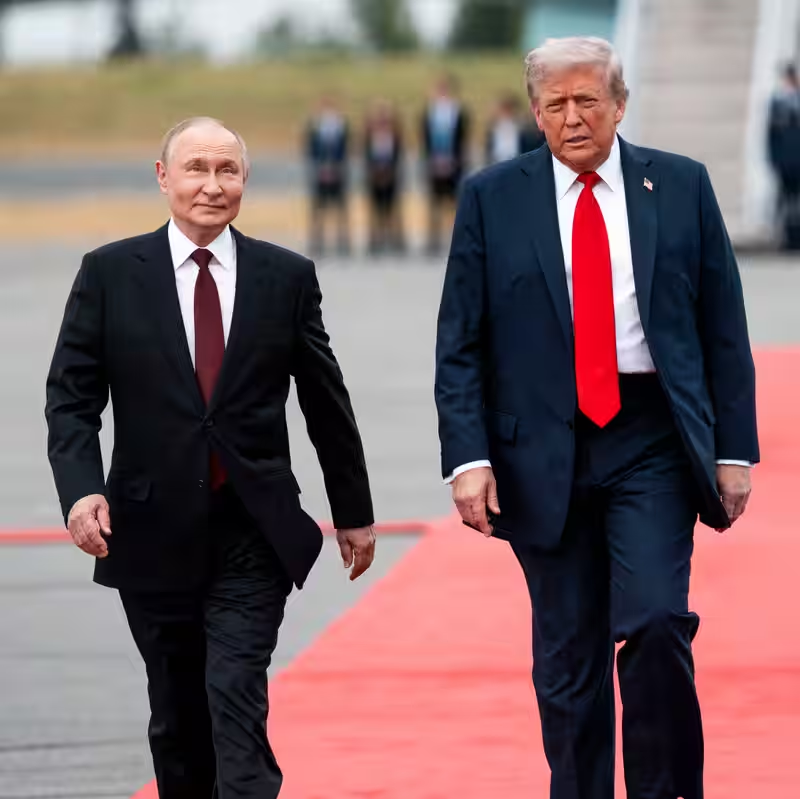Table of Contents
- Why Now? The Timing of Trump’s Move
- Who’s Being Targeted?
- Global Markets Brace for Shockwaves
- How Russia Might Respond
- What Comes Next?
- Sources
Why Now? The Timing of Trump’s Move
After months of measured restraint, the Trump administration has dramatically escalated its economic campaign against Moscow. On October 22, 2025, the U.S. Treasury Department announced sweeping sanctions targeting Russia’s two largest oil companies—Rosneft and Lukoil—marking what experts call the most significant blow yet to the Kremlin’s primary revenue stream .
The move comes amid renewed diplomatic tensions and stalled ceasefire negotiations in Eastern Europe. Officials stated the sanctions are intended to pressure Moscow into agreeing to an immediate ceasefire, signaling a sharp pivot from earlier, more cautious policies .
Who’s Being Targeted?
The sanctions specifically blacklist:
- Rosneft – Russia’s state-controlled oil behemoth, responsible for roughly 40% of the country’s crude output.
- Lukoil – The nation’s largest privately held oil firm, with extensive global refining and retail operations.
These designations freeze any U.S.-based assets and prohibit American individuals and companies from engaging in transactions with either entity. Given the global reach of both firms, the ripple effects are expected to be far-reaching .
Global Markets Brace for Shockwaves
Energy analysts warn that Trump’s sanctions could trigger volatility across global oil markets. With Russia supplying nearly 10% of the world’s crude, cutting off two of its top producers threatens to tighten supply chains already strained by geopolitical uncertainty .
Early market reactions include:
| Market Indicator | Immediate Reaction (Oct 23) |
|---|---|
| Brent Crude Futures | +4.2% |
| U.S. Gasoline Prices | Projected +3–5% increase |
| Ruble Exchange Rate | Dropped 6% against USD |
European allies, heavily reliant on Russian energy imports, are scrambling to assess exposure. Meanwhile, U.S. refiners with historical ties to Lukoil may face logistical and legal hurdles .
How Russia Might Respond
Kremlin officials have condemned the sanctions as “economic warfare” and vowed countermeasures. Potential retaliatory actions could include:
- Restricting rare earth mineral exports to the West.
- Deepening energy partnerships with China and India.
- Accelerating de-dollarization efforts in trade settlements.
However, with oil revenues already under pressure, Moscow’s options may be limited. Internal economic forecasts suggest a potential 2–3% GDP contraction if sanctions remain in place through 2026.
What Comes Next?
The Treasury Department emphasized that these sanctions are part of a broader strategy to isolate Russia economically until it complies with international ceasefire demands . Observers expect additional measures targeting Russian financial institutions and shipping networks in the coming weeks.
For U.S. consumers, higher fuel costs appear inevitable in the short term. Yet administration officials argue the long-term goal—curbing Russian aggression—justifies the temporary pain.




